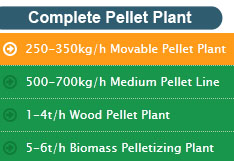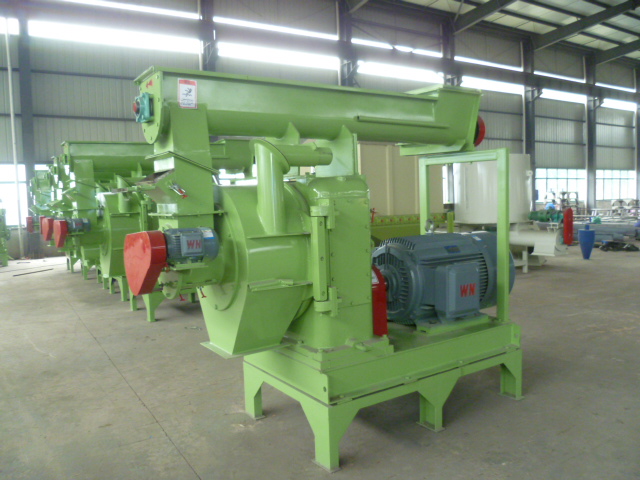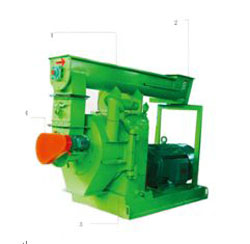small pellet mill
Pellet presses are used to compress various raw materials into pellets. Pellets are small cylindrical cylinders, and they can be produced in various lengths and diameters. There are various purposes for a pellet press and advantages from compressing raw materials.
Pellet Press and Increasing Bulk Density
By processing raw materials through a pellet press, it is possible to increase the bulk density of many raw materials, possibly by a factor of ten. By increasing bulk density, a larger quantity can be transported and stored within the same volume. Therefore this reduces transportation costs, and keeps the number of lorries and boats required to a minimum. Also storage space required is also reduced. So in pellet stoves for example, the hopper can hold a far greater amount of fuel in pellet form apposed to loose wood shavings.
Pellets Flow Like a Liquid
By compressing the raw material in a pellet press, the pellets produced have an increased bulk density and therefore a higher specific gravity. This means in a hopper pellets behave like a liquid, and therefore are unlikely to cause issues with bridging in the hopper. If you take uncompressed wood shavings for example, in a hopper the flow will be halted by issue with the shavings falling through the hopper, and the weight of the shavings and the support of the angle of the hopper are of equal force. By increased the specific gravity of the shavings by processing in a pellet press into pellets the forces are no longer equal, and the weight of the pellets causes them always to fall to the base of the hopper.
Pellet Press and Feed Pellets
For over a century, pellet presses have being used to compress animal feed. The advantages are the feed stores better, nutrients and vitamins can be added and reduced space required for feed storage.
Pellet Presses and Wood Pellets
Fairly recently due to concerns over climate change and fossil fuel prices attention for alternative fuels such as wood pellets has been growing. By compressing wood into pellets has the previously stated advantages of reduced storage and delivery requirements and flowing characteristics in hoppers. Another key advantage of wood pellets and increased density, is with regards to combustion efficiency. By compressing a fuel, a much higher combustion temperature can be achieved. An increased combustion temperature results in more useable heat extracted from the fuel, and reduced ash percentage due to a more complete burn.

Complete Wood Pellet Mills
Small Mobile Pellet Plant
Biomass Pelletizing Plant
Drum Chipper
Wood & Straw Crusher
Hammermills
Heat Stove
Rotary Drum Dryers
Ring Die Pellet Mill
Pellet Mill With Ring Die
Flat Die Pellet Mill
Spare Parts Dies & Rollers
Steam Boiler
Cooler
Pellet Packing Machine
PLC Control for Pellet Mill
Conveyor
Pellet Pulse Dust Collector
Magnetic Separator
Pellet Stove Fireplace
Small Pellet Mill



 Spanish
Spanish French
French Russian
Russian


